For a long time I contemplated getting a Micro Four Thirds (MFT) camera to supplement my existing Canon dSLR. These past couple of months I again started having thoughts of acquiring an MFT camera, and coincidentally Olympus announced the OM-D E-M10 Mark II, so i ended up pre-ordering one. Then a little over a month ago, I received the Olympus OM-D E-M10 Mark II after pre-ordering it from B&H Photo and Video.
The E-M10 Mark II is the very first Micro Four Thirds (MFT) camera that I have owned. I have been using Canon dSLRs quite heavily since 2007 or so when I purchased the Canon EOS Rebel XTi. But as time wore on and I progressed towards the Canon EOS 5D Mark III that I use today, I do find myself carrying a non-phone camera less and less, even when I intend to be in a situation or environment that would lend itself to photography.
The reason why I don’t find myself carrying my 5D3 is because of size and weight. Even ungripped, I have been finding the 5D3 too cumbersome to carry around for casual photography. While the iPhone has become a formidable camera, there have been instances where the only camera on my person is the iPhone, and I wanted to have something with more horsepower (e.g. RAW format, lower noise to High ISO performance) to take a photograph that I can actually post-produce for a longer lasting image.
I have quite a few friends with MFT cameras and MFT became enticing to me in terms of form factor, weight, and image quality. But all this time, the one detractor for me going to MFT is the cost. While I know some people shoot exclusively with MFT sensors, I wanted to keep my Canon full frame body and lenses for intense photographic work, and use an MFT camera for street and mobile photography. Thus, going MFT would mean maintaining another lens mount system along with my Canon EF system.
But I just decided to bite the bullet in terms of the initial startup costs with MFT and plunged in by acquiring the Olympus OM-D E-M10 Mark II and an Olympus M. Zuiko Digital ED 12-40mm f/2.8 PRO lens.
I was close to buying the Olympus OM-D E-M10, but once the Mark II was announced, I went ahead and ordered that instead. The E-M10 seemed like a good entry level camera, even though it only had 3-axis IBIS (In Body Image Stabilization). But the fact that the E-M10 Mark II incorporated 5-axis IBIS made the decision quite obvious.
I decided on the 12-40mm f/2.8 as the lens to go with since it has an equivalent 35mm focal length of 24-80mm. The Olympus 12-40mm f/2.8 is the Olympus version of the venerable 24-70mm f/2.8 workhorses by Canon or Nikon, and is highly regarded for the optical quality.
A 24-70mm focal length lens is a very popular all-purpose zoom lens and can do everything from city/landscapes, street photography, to portraits. Not to mention the f/2.8 constant maximum aperture ensures a good amount of light available through the lens.
Out of the box, I was quite pleased with the form factor. It is minuscule compared to my Canon 5D3 with or without the grip.
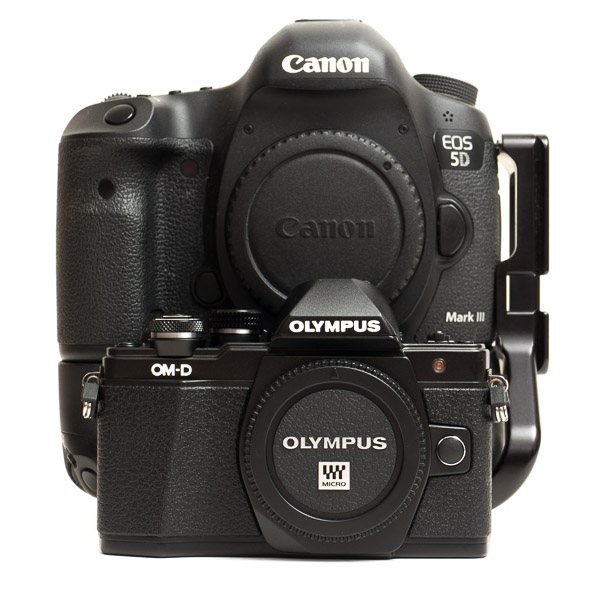 I have smaller hands than the average man, and even I find it small to handle, but not too uncomfortable. Though, I am curious how people with bigger hands are able to manage the smaller MFT cameras without accidentally mashing buttons with their thumb.
I have smaller hands than the average man, and even I find it small to handle, but not too uncomfortable. Though, I am curious how people with bigger hands are able to manage the smaller MFT cameras without accidentally mashing buttons with their thumb.
The mode, aperture, and shutter speed dials on the top are very tactile. Big enough to easily manipulate, but not overly sized. The shutter button itself has good response and feedback.
The rear buttons on the E-M10 Mark II take up most of the gripping space, so there’s just a small area where you can rest your thumb while gripping the camera. There is the likelihood that you will press buttons on the rear of the camera accidentally with your thumb or even the heel of the thumb. But after time, you will learn how to grip the camera and accidental button presses should decrease.
The menu system does take some getting used to, and even after over a month ownership, I’m still trying to become acclimated to the menus. The Canon style menus are engrained in my memory. Using the buttons to manipulate the capture settings (e.g. ISO, shutter drive, white balance, metering, focus point) from the information screen on the LCD is not as fluid as I would like. But you can move around in the information screen to set those settings by using the dials on the top of the camera, which make moving around the information screen much faster.
The LCD screen is bright and clear, and I had no issues viewing it in outdoor sunlight. The screen doesn’t fully articulate so you can flip the screen a full 180 degrees facing forward. The LCD only has a range of 90 degrees in order to allow you to view the LCD from the top looking down.
The electronic viewfinder (EVF) seems quite nice to me. Coming from dSLR, EVF is still ‘new’ to me, and I have read opinions online regarding EVFs, and people are quite particularly about the image quality of an EVF. I will say that I personally think the EVF on the E-M10 Mark II is more than satisfactory.
On the subject of viewfinders in general, the lack of a viewfinder is why I never really used my Canon EOS M for general photography. I originally bought the EOS M a couple years back because the price had dropped at the time, there was a new firmware release that improved the infamous slow AF issues, and there is an EF-M to EF adapter that would allow me to run my existing Canon EF lenses on the EOS M. I basically bought it for a ‘fun’ camera body to experiment with and to use for videos.
Unfortunately, I found taking photos without a viewfinder on the EOS M to be quite awkward. While taking photos with an iPhone is natural, it is unnatural with the EOS M, which isn’t really a point and shoot camera. Even with the native EF-M lenses, holding the camera with a standard support hand under the lens+body grip and extending the camera away from the face in order to compose the shot via the LCD is clumsy and unwieldy at times.
Granted, I do take photographs using the LCD live view on occasion, but I don’t want to be forced to use an LCD live view all the time.
Thus, the EOS M has never become a walk around camera for me and has been relegated to video capturing or times when I need to take a photograph using my Canon EF lenses on a Canon APS-C sensor.
As far as build quality is concerned, the OM-D E-M10 Mark II seems quite solid for what is considered an entry level camera. The body frame is metal, and there isn’t any body flex while you hold and grip the camera, so it doesn’t feel cheap. The knobs have consistent, positive tactile movement with no spongy feeling. The mode dial, and shutter speed and aperture knobs have detectable clicks between each graduation of the turn and have knurled outer edges for good grip.
It is important to note that the E-M10 Mark II is not weather sealed, so this is one specification you lose out on by going with the E-M10 series as opposed to the E-M5.
All this said, how does it handle? For me, it is like light and day compared to carrying my Canon EOS 5D Mark III. Even when I chuck the Canon EF 40mm f/2.8 pancake lens on the 5D3, it just isn’t as portable as the E-M10 Mark II. The Olympus 12-40mm f/2.8 lens actually weighs more than the E-M10 Mark II body (382 grams vs 342 grams, respectively), so the 12-40mm f/2.8 isn’t exactly the most compact lens of the Olympus MFT line, but it balances nicely.
None of the Canon dSLRs I have owned have/had an articulating LCD, so I find having the 90 degree adjustable LCD screen to be handy for inconspicuous street photos.

- 12-40mm @ 12mm, 1/2500s, f/2.8, ISO 200.
- 12-40mm @ 12mm, 1/4000, f/2.8, ISO 400.
- 12-40mm @ 14mm, 1/4000s, f/2.8, ISO 800.
I have a Canon 580 EX II Speedlite and some Paul C. Buff strobes (Einstein 640, Alien Bees B1600, and Alien Bees ring flash units) that I use with my existing Canon setup via PocketWizard remote flash triggers. While I do use both standard and the advanced PocketWizard Control-TL triggering with my Canon camera, PocketWizard doesn’t support Control-TL on Olympus.
But the standard triggering works just fine. I am able to use my Canon 580 EX II wirelessly off-camera with a PocketWizard Plus III on the hot shoe of the E-M10 Mark II and a FlexTT5 on the Speedlite over standard (non Control-TL channels). Flash-sync speed for the E-M10 Mark II is 1/250s and there were no issues at that shutter speed.
Note that flash and the focus bracketing / stacking feature in the E-M10 Mark II does work, but with a few caveats.
For those that don’t know what focus stacking is, it is essentially taking multiple shots of the same composition, but with different focus distance points for each shot. This is used primarily in macro photography, such that you take one shot focused at the closest point you want in focus, then adjust the focus further in the frame, take another shot, and repeat until you take a shot focused on the farthest distance in the frame you want in focus. Then in post, you take all of the photos and merge them so you get one single merged/stacked exposure where the resulting photo has a most of the frame (or object in question) in focus.
- Shot 1 of 10, closest focus.
- Shot 10 of 10, farthest focus.
- Photoshop stacked/blended of all 10 shots, with some exposure adjustments.
The above is not the best example of using focus stacking, since the first frame has a majority of the frame in focus already, but the final result does have better focus throughout the frame.
The Olympus OM-D E-M10 Mark II has focus bracketing built-in, such that you simply need to specify the number of shots to take and the focus interval/gap between each shot. Then when you turn on the focus bracketing, compose, and press the shutter button, the camera will automatically take all the photos and adjust the focus without any user/manual intervention. This is definitely handy for macro photographers because it makes the process of actually capturing photos using focus bracketing less tedious.
Now back to the caveats of using flash with the built-in focus bracketing feature.
For one, it does not work with off-camera wireless flash. I think it has something to do with how the electronic shutter and the PocketWizards play together. Maybe I was doing it wrong, but I wasn’t able to get off-camera wireless flash via PocketWizards working with the focus bracketing.
How I was able to get off-camera flash working during focus bracketing was via a PocketWizard Plus III on the hot shoe of the E-M10 Mark II with a mono-sync cord connected from the PocketWizard Plus III to a Paul C. Buff Einstein 640 flash unit.
Note that using hot shoe mounted flash will work, but I do not own any Olympus compatible flash units.
Another caveat with flash and the built-in focus bracketing feature is that you have to shoot at a slow shutter speed. For some reason I couldn’t get flash working with built-in focus bracketing unless I shot around 1/15s. I don’t know why, but I was getting shutter banding if I shot at or above 1/25s. I came across some information on the web (but I can’t find the link anymore) where someone came across the same issue.
I’m guessing it has something to do with the electronic shutter that gets used by the camera in focus bracketing mode.
The third caveat with flash and built-in focus bracketing on the E-M10 Mark II has to do with flash recycle time. You cannot specify the time between each shot in the focus bracketing setup. You simply dial in N amount of exposures to take and the camera takes N photos as fast as it can. So the camera will essentially burst through the focus bracketing sequence and the flash you have connected will need to keep up. Odds are you will need to dial the power down on the flash unit so it can recycle quickly. If the flash you are using is battery powered, this might be a problem too since recycle time for a flash unit is also dependent on how quickly the capacitors can recharge. Using a flash unit plugged into AC power (e.g. wall outlet) would be ideal.
These are a lot of caveats for flash and the built-in focus bracketing feature of the E-M10 Mark II. Granted, I’m guessing that very few people will actually use non-Olympus flash units, but I could be wrong. I would like to try out the built-in focus bracketing using the Olympus ring flash, but I’m not in the mood to purchasing one. So unless I can rent one (or borrow one), it won’t be happening anytime soon.
Tip: When using the focus bracketing feature, be sure to turn off Image Stabilization. You’re going to see a small ‘jitter’ or shift in the first frame compared to the rest of the frames in that sequence due to the IS motor.
There are a couple quirks that I’m getting used to with regards to the E-M10 Mark II as someone coming from the Canon dSLR platform.
The first thing is the camera adjustments. The shutter speed and aperture are easy to adjust on the fly since they are readily mapped to the knobs on the top of the camera. But adjusting other immediate settings like ISO, white balance, metering mode, etc., via the rear control / directional pad (D-pad) is clumsy at best.
But what I did find is that you can actually use the top knobs to run through the camera setting information screen on the LCD very quickly. Note that this same methodology also works while looking through the electronic viewfinder. You can bring up the camera information screen while still looking through the EVF, and then use the top knobs to make camera adjustments (e.g. ISO, metering, focus point) just like on a Canon dSLR. The fact that the top knobs work for walking through the camera information screens almost renders the rear buttons useless.
Since the rear control / directional pad (D-pad) does not work all that well, it makes you wonder why Olympus just doesn’t eliminate the control pad so you have more room on the camera for the hand grip.
The other quirk is battery life. Mirrorless cameras are known to have worse battery life than dSLR cameras. For one, the batteries are smaller (less capacity), but mirrorless cameras inherently use more energy due to the electronic viewfinder. Then there are the variables such as how much live view is used as well as the in body image stabilization.
The BLS-50 battery is rated for approximately 320 exposures with Image Stabilization on. I was actually playing around with time lapses and got nearly 400 exposures on a single charge before seeing the low battery signal.
I did end up buying an additional Olympus BLS-50, and will most likely buy one more. The battery life isn’t that great for someone who is a long time dSLR user, so the battery life issue is definitely a major caveat I’m getting used to.
One issue that exacerbates the battery life is the simplistic battery meter. It has a basic battery meter icon that shows green with all bars lit meaning it has plenty of power, green with half bars lit means it has low power, and red blinking icon means it is low and needs to be recharged. I am very much used to the Canon dSLRs that can give you a charge percentage that exists on the battery. With such a simplistic battery meter system on the E-M10 Mark II, I really have to get used to charging the battery anytime the icon is not fully green so I don’t leave the house with a low charge (which has happened since I’ve owned the camera).
On the subject of batteries, the Olympus charger actually comes with a long cable to plug into an outlet. This isn’t exactly my cup of tea. I prefer something like the Canon charger which has the plug prongs built into the charging unit.
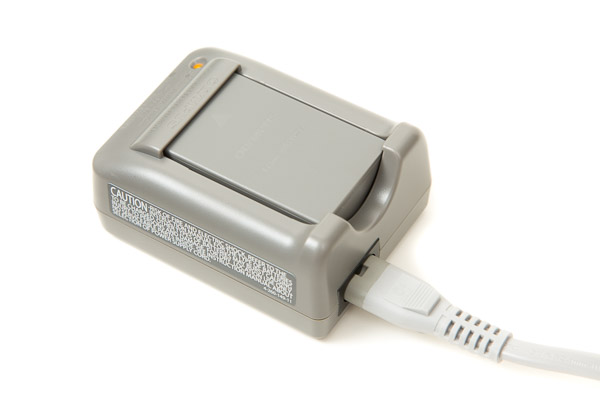 But an interesting tip I found online is to utilize an Apple charger plug as a replacement. The plug on the actual Olympus charger is a C7 plug, which Apple also uses for their MacBook and iPad chargers. Since Apple usually ships both the long and short cable with their chargers, most Apple product owners have a small collection of the short C7 to NEMA 1-15P adapters.
But an interesting tip I found online is to utilize an Apple charger plug as a replacement. The plug on the actual Olympus charger is a C7 plug, which Apple also uses for their MacBook and iPad chargers. Since Apple usually ships both the long and short cable with their chargers, most Apple product owners have a small collection of the short C7 to NEMA 1-15P adapters.
For those non-Apple product users, a C7 to NEMA 1-15P adapter can be found for a few dollars.
All in all I find the Olympus OM-D E-M10 Mark II to be a wonderful camera to use. As someone who uses a full frame dSLR, the size, weight, controls, and image quality of the E-M10 Mark II are what I need out of a portable camera.
Micro Four Thirds is a great platform. The sensors provide solid performance considering the size, and the lens lineup by Olympus, Panasonic, and other MFT lens manufacturers is robust.
Naturally, the lens selection for MFT did cause me to buy additional lenses. After only a month of ownership, I ended up acquiring the Olympus 60mm f/2.8 Macro lens and the Olympus 17mm f/1.8 lens.
The 60mm f/2.8 Macro made sense since I actually do not own a Macro lens in a Canon EF mount, and I wanted to take advantage of the focus bracketing in-camera. As far as the 17mm f/1.8, I’m a huge fan of a fast 35mm lens on full frame sensors, so the 17mm f/1.8 (34mm equivalent on 35mm FF) seemed like a good buy. Fortunately, Olympus MFT lenses are not as expensive as Canon EF, especially since Olympus doesn’t need to put Image Stabilization motors in their lenses (due to IBIS), so there are inherent cost savings there. I might get one more lens, perhaps the Olympus 45mm f/1.8 or the Olympus 75mm f/1.8.
Anyone with a larger dSLR who is looking for a smaller camera for walk around use should definitely take Micro Four Thirds into serious consideration. The E-M10 Mark II is an excellent entry level option, and for those wanting to minimize risk even further could consider the original E-M10 which is readily available at retailers.
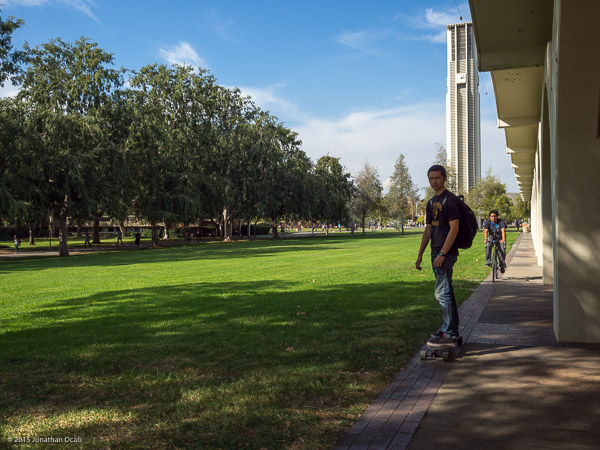


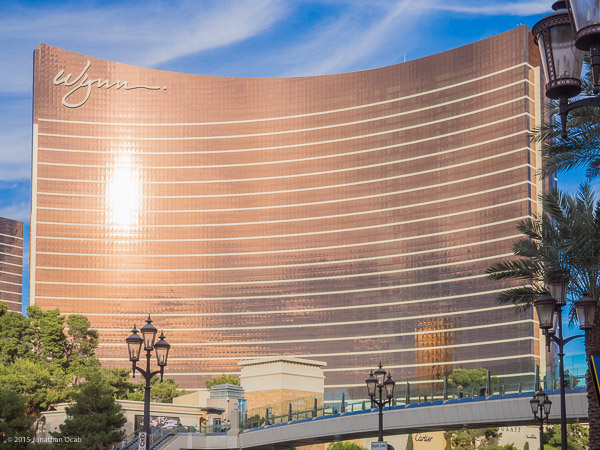
Addendum: Shortly after I received my Olympus OM-D E-M10 Mark II, Olympus did publish a recall which affected by unit. Essentially, there is a problem with the lens lock pin on the camera that can result in plastic mount lenses dismounting from the body.
Olympus has discovered that the lens lock pin on a small number of OM-D E-M10 Mark II cameras has malfunctioned. This issue has not been reported in North America, however, it has been determined that the camera may be susceptible to this issue when connected to plastic mount lenses. The five Olympus lenses that could be affected are: M.ZUIKO DIGITAL 14-42mm f3.5-5.6 L, 14-42mm f3.5-5.6 II, 14-42mm f3.5-5.6 II R, 40-150mm f/4.0-5.6 and 40-150mm f/4.0-5.6 R. Olympus is offering free inspection and repair for owners of the OM-D E-M10 Mark IIs with serial numbers located within the limited lots that have been affected. Please click here for full details and to learn how to take advantage of this free service.
I have yet to send my unit in for the free inspection / repair since it doesn’t affect me (serial number is within recall range, but I don’t use plastic mount lenses). But this is something to be aware of for prospective buyers. Olympus has been resolving this issue on the manufacturing line, which is why there is a shortage of Olympus OM-D E-M10 Mark II units at retailers.

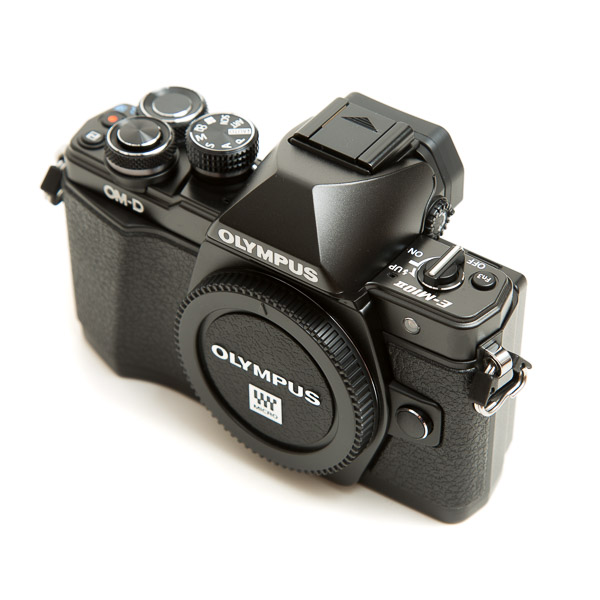
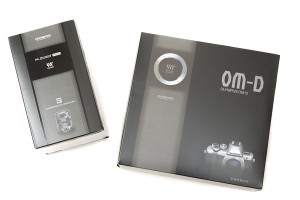
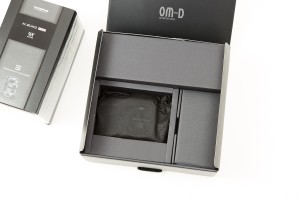
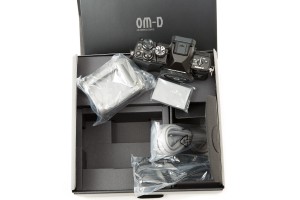
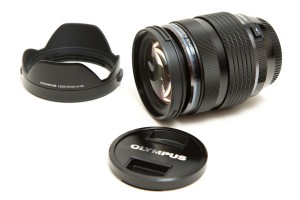
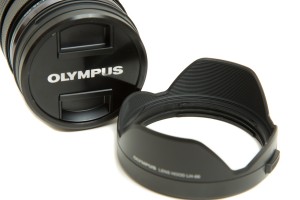
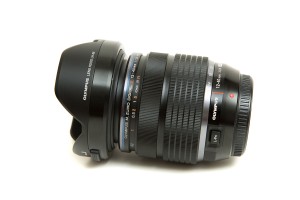
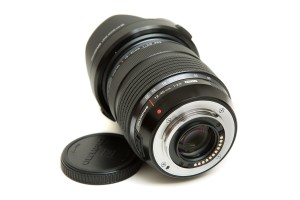
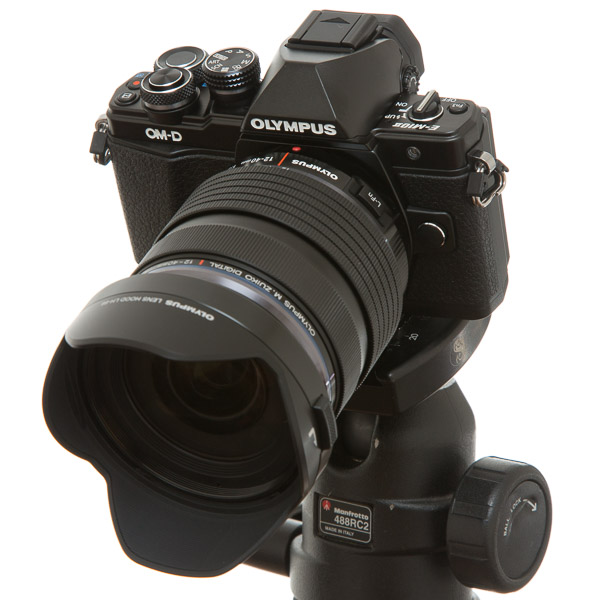
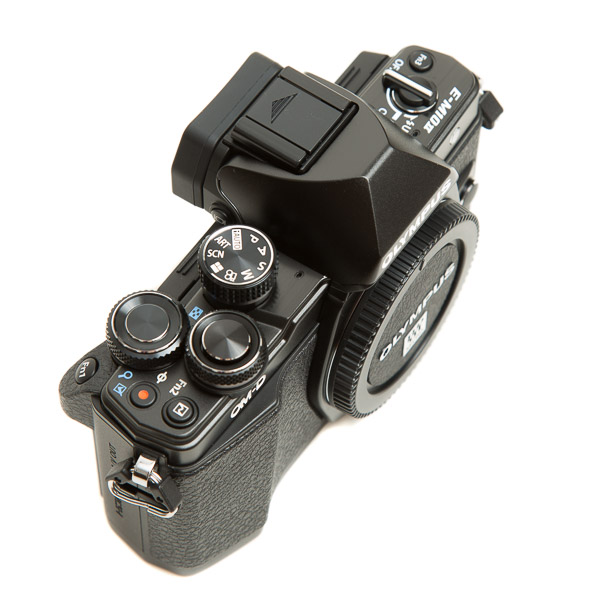
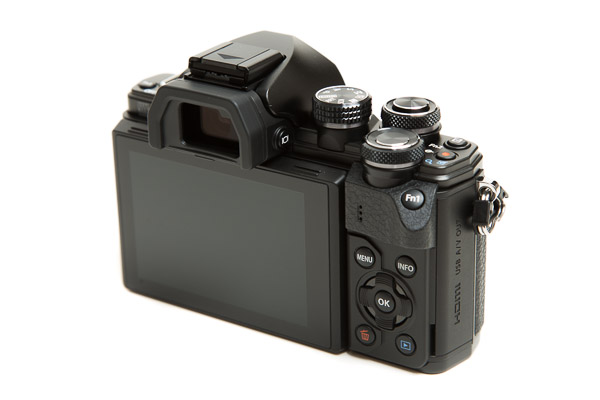
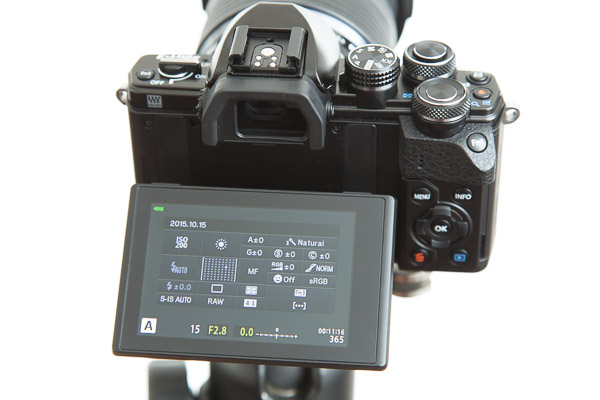
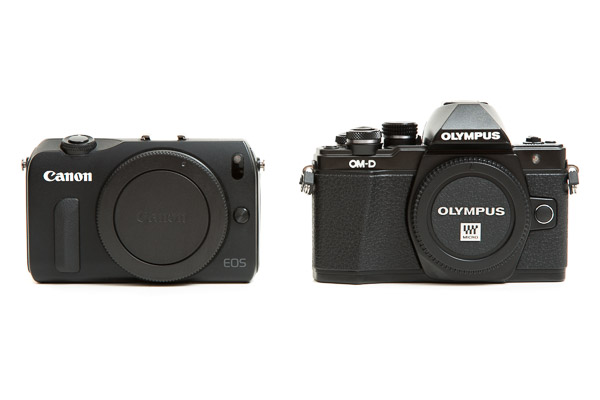
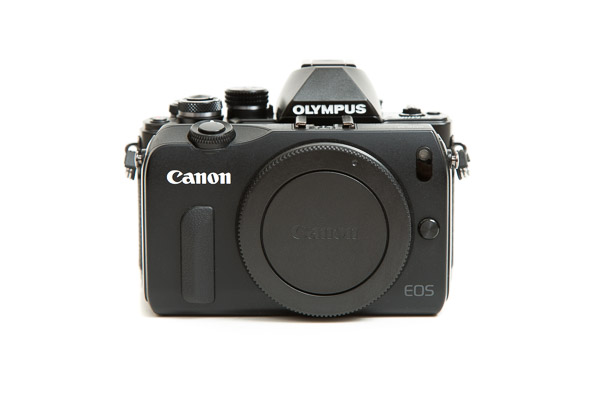
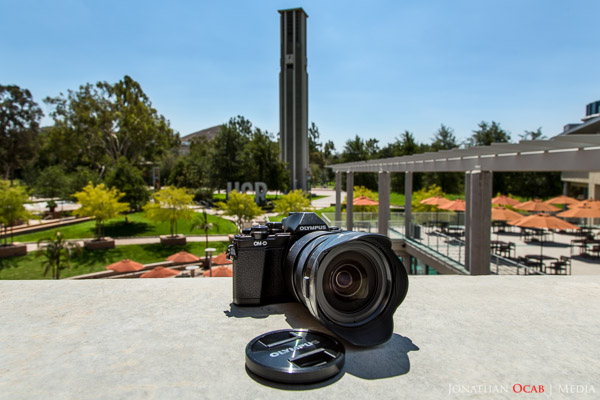



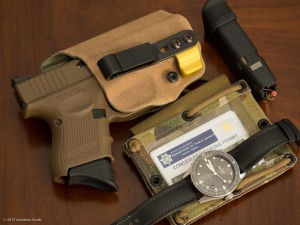
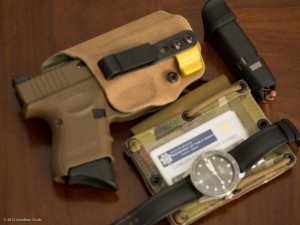
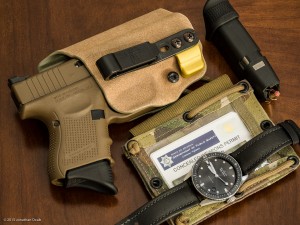
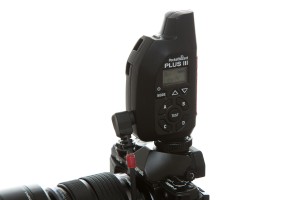
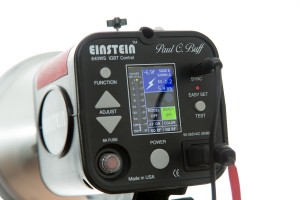
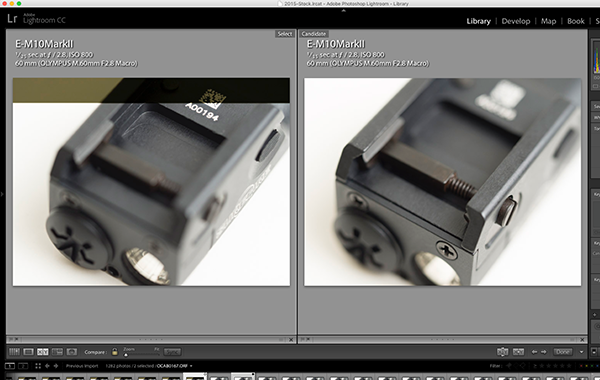
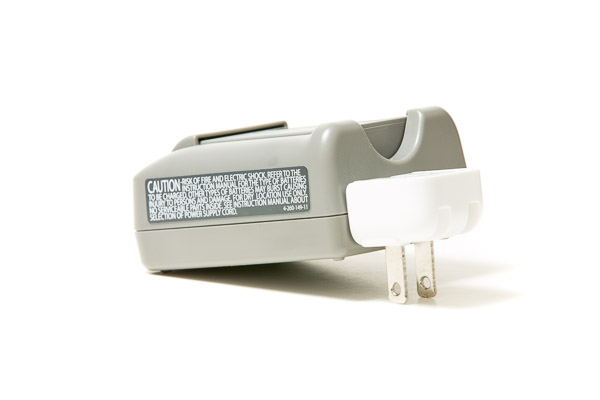
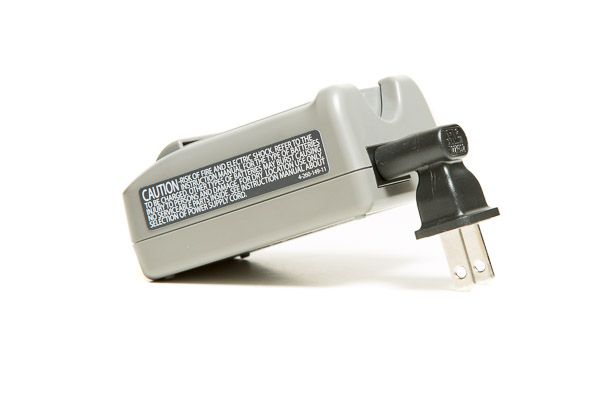
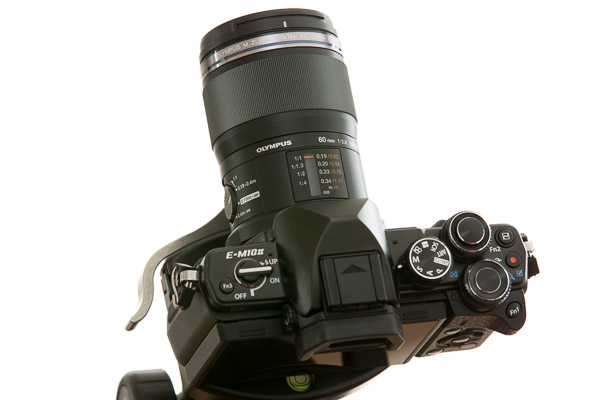
2017 SHOT Show After Action Report – Part 8 – ocabj.net
[…] year I finally succumbed to my desire to try the Micro Four Thirds system and acquired the Olympus OM-D E-M10 Mark II. I have used that camera extensively over 2016 and I found the camera to be more than adequate for […]
Olympus OM-D E-M1 Mark II Review – ocabj.net
[…] Back in October 2015 I made the plunge into Micro Four Thirds with the Olympus OM-D EM-10 Mark II. Since then, I have been quite happy with Micro Four Thirds as far as image quality is concerned. Many times, I have used EM10 Mark II instead of full-frame dSLR (Canon EOS 5D Mark III) because MFT did the job. […]